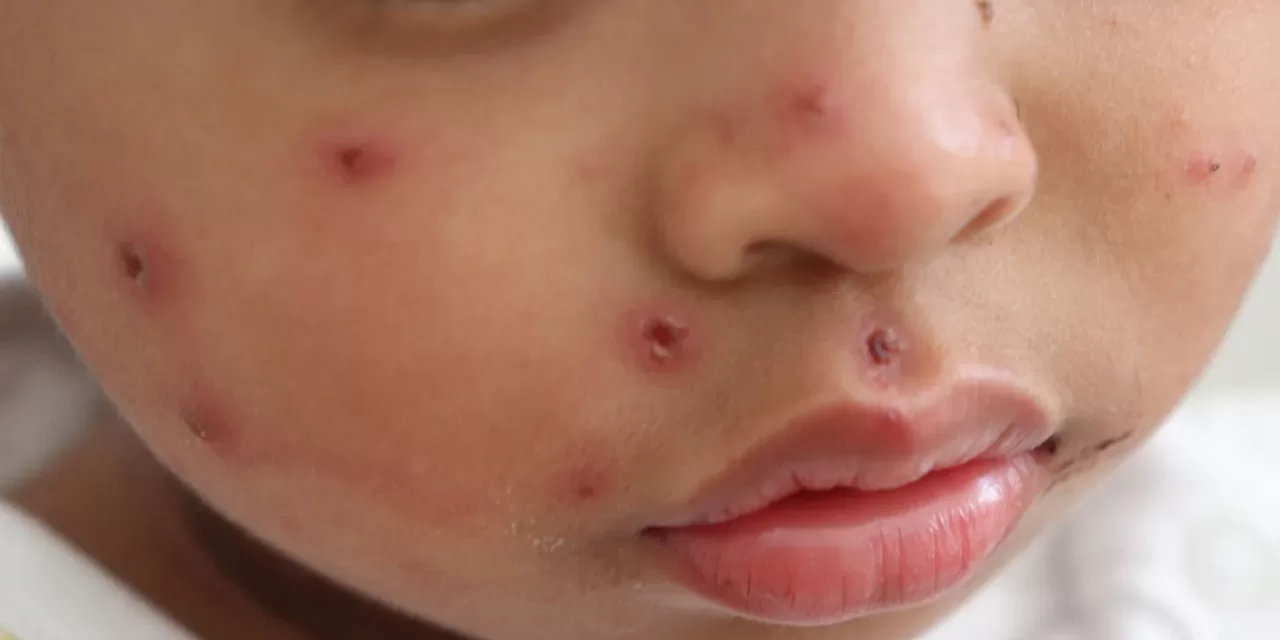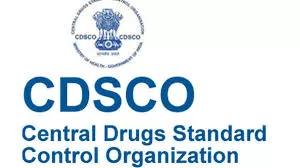A concerning surge in measles cases across West Texas and New Mexico has health officials scrambling to contain the outbreak, which has now surpassed a combined total of 350 cases. Tragically, two unvaccinated individuals have died from measles-related complications, underscoring the severity of the highly contagious virus.
Texas state health officials reported a significant increase on Friday, with 30 new cases since Tuesday, bringing the state’s total to 309 across 14 counties, primarily in West Texas. The surge has also led to four additional hospitalizations, bringing the total to 40. New cases have been reported in Garza, Hockley, and Hale counties.
In New Mexico, health officials confirmed three new cases Friday, raising the state’s total to 42. Lea County remains the epicenter of the outbreak, with two hospitalizations, and additional cases have been reported in Eddy County.
The outbreak has also extended into neighboring Oklahoma, with the state’s health department reporting four probable cases this week, linked to the Texas and New Mexico clusters.
The recent deaths, a school-age child in Texas last month and an adult in New Mexico last week, have heightened concerns about the resurgence of a disease considered eliminated in the U.S. since 2000.
Measles, a highly contagious airborne virus, spreads easily through coughing, sneezing, or breathing.The U.S. Centers for Disease Control and Prevention (CDC) has already recorded more measles cases this year than in all of 2024.
Measles Cases Across the U.S.
The outbreak is not confined to Texas and New Mexico. Cases have also been reported in Alaska, California, Florida, Georgia, Kansas, Kentucky, Maryland, Michigan, New Jersey, New York, Ohio, Pennsylvania, Rhode Island, Vermont, and Washington. The CDC has identified three clusters that qualify as outbreaks in 2025.
Vaccination and Prevention
Health officials emphasize that the most effective way to prevent measles is through the measles, mumps, and rubella (MMR) vaccine. The recommended schedule is a first dose for children between 12 and 15 months and a second dose between 4 and 6 years.
Adults with “presumptive evidence of immunity,” including those with documented vaccination, lab-confirmed past infection, or those born before 1957, generally do not require additional shots. However, individuals at high risk or those living in outbreak areas may consider a booster. A doctor can order an MMR titer to check antibody levels, though this is not always recommended.
Symptoms and Treatment
Measles typically begins with respiratory tract infection, leading to a high fever, runny nose, cough, red, watery eyes, and a rash. The rash, appearing three to five days after initial symptoms, starts on the face and spreads downward. While most children recover, complications like pneumonia, blindness, brain swelling, and death can occur.
There is no specific treatment for measles; care focuses on alleviating symptoms and preventing complications.
Importance of Vaccination Rates
High vaccination rates, ideally above 95%, are crucial for achieving herd immunity and preventing disease spread. Declining childhood vaccination rates and increasing exemption waivers have contributed to the resurgence of measles.
The U.S. saw a significant rise in measles cases in 2024, including a large outbreak in Chicago.
Disclaimer: This article is for informational purposes only and does not constitute medical advice. Consult with a healthcare professional for any health concerns or before making any decisions related to your health or treatment. The information provided is based on current reports and may be subject to change.












